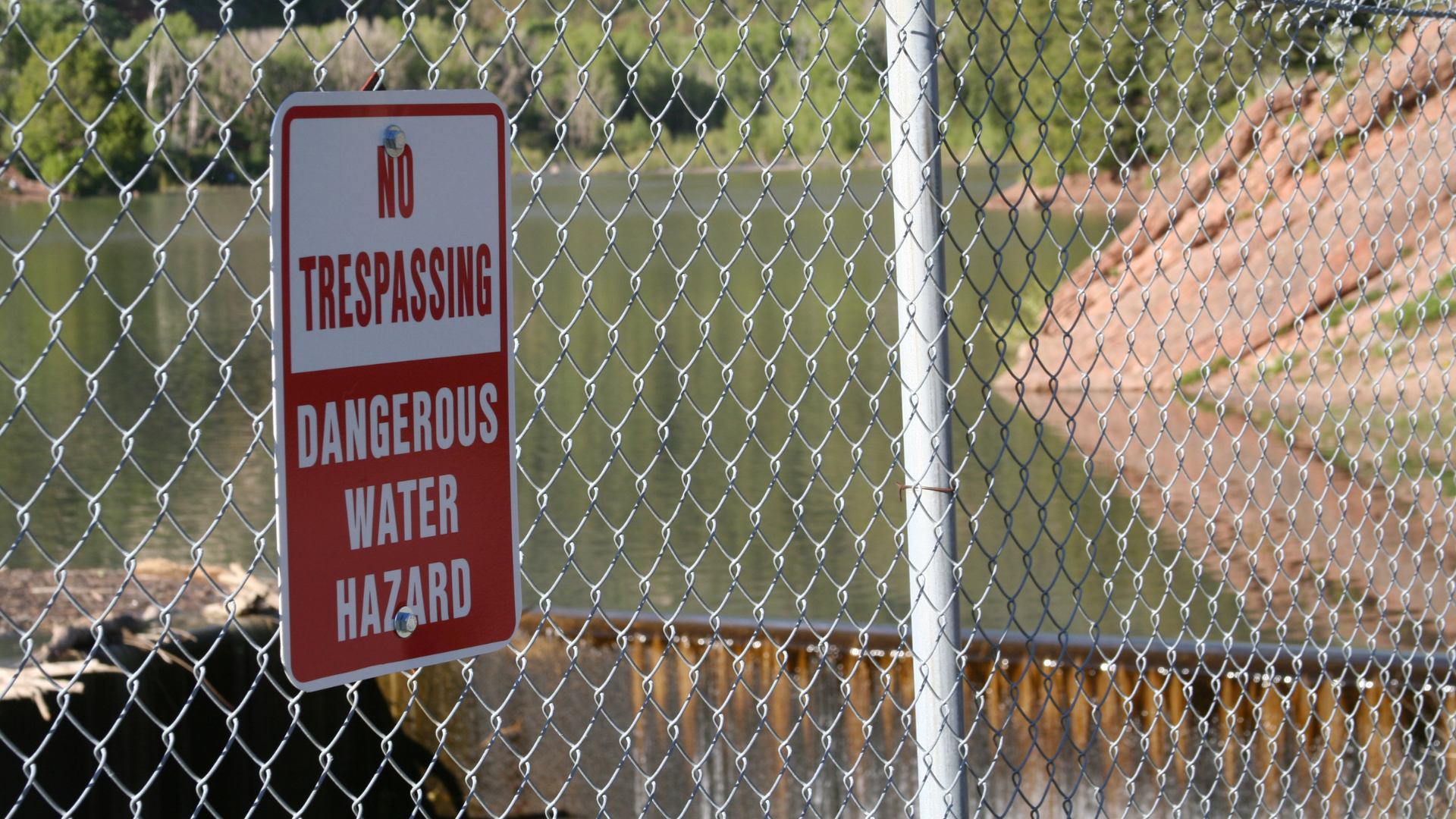A dam is a barrier constructed across a river or stream to control water flow. Anne Arundel County is home to 24 different dams varying in size, purpose, and ownership. These dams play a crucial role in water resource management and infrastructure development. They can also help provide a stable water supply, protect communities from flooding, generate renewable energy, and offer recreational opportunities. Proper maintenance and safety measures are essential to ensure dams' structural integrity and protect downstream communities from potential hazards.
Functions of Dams
Dams serve various purposes, including water storage, flood control, hydroelectric power generation, irrigation, and recreation.
- Water Storage: Dams create reservoirs that store water for drinking, irrigation, industrial use, and recreational activities.
- Flood Control: Dams help manage and reduce the risk of downstream flooding by regulating water flow.
- Hydroelectric Power: Many dams generate electricity by using water flow to drive turbines.
- Irrigation: Dams provide a consistent water supply for agricultural irrigation, especially in arid regions.
- Recreation: Dam-created reservoirs and lakes often become popular sites for fishing, boating, swimming, and other recreational activities.
For more information on the functions of dams, visit the Association of State Dam Safety Officials’ Dams 101 webpage.
Types of Dams
- Gravity Dams: Constructed from concrete or stone, these dams rely on their weight to hold back water.
- Arch Dams: Built in a curved shape, arch dams transfer the force of the water to the abutments (the valley sides) and are typically used in narrow, rocky locations.
- Embankment Dams: Made from earth or rock fill, these dams have a core impervious to water and are often constructed in areas with broad valleys.
- Buttress Dams: Supported by a series of buttresses on the downstream side, these dams reduce the material needed for construction by distributing the water pressure to the foundation.
Components of a Dam
- Crest: The top of the dam.
- Spillway: A structure that allows excess water to flow safely downstream, preventing overflow and damage.
- Outlet Works: Structures that release water from the reservoir for various uses.
- Reservoir: The body of water stored behind the dam.
- Abutments: The sides of the valley or riverbed against which the dam is constructed.

Hazard Potential Classification (HPC)
One of the primary considerations in dam management is the Hazard Potential Classification (HPC). Dams are classified based on height, storage capacity, downstream population density, and their importance to the community. HPC classification indicates the potential damage and loss of life in the event of a dam failure, ranging from low to high hazard:
- Low-hazard dams pose a minimal threat to life or property with little downstream development.
- Significant-hazard dams could impact downstream development but are unlikely to cause life loss.
- High-hazard dams can cause significant damage and loss of life if they fail.
HPC guides emergency preparedness efforts and ensures appropriate measures are in place to mitigate risks associated with dam failure. In Anne Arundel County, 13 of the 24 dams are classified as having significant hazard potential, which requires careful monitoring and maintenance to protect downstream communities.
Before an Incident
Know what to do and how to protect yourself if you live, work, or play near a dam. Here are some tips and linked resources to help you prepare:
- Know the Hazard Potential Classification (HPC) (low, moderate, or significant/high hazard) of dams near you.
- Keep yourself and your family safe. You can also check out two publications produced by the Association of State Dams Safety Officials at Living With Dams: Know Your Risks
- Refer to flood maps to determine if your home or workplace could be in an inundation zone (an area susceptible to rushing water or flooding) caused by a dam failure.
- Create a family or workplace emergency plan that includes evacuation routes, communication strategies, and a designated meeting place.
- Practice your plan regularly to ensure everyone knows what to do.
- Assemble an emergency kit with essentials such as water, food, medications, important documents, flashlights, batteries, and a first aid kit.
- Sign up for Alert Anne Arundel to receive timely notifications about hazardous dam conditions and emergency instructions.
- Identify and familiarize yourself with the primary and secondary evacuation routes from your home or workplace.
- Monitor weather conditions, especially during heavy rain or storms, which could impact the dam's stability and increase the risk of flooding.
- Participate in community meetings or drills related to dam safety to stay informed and engaged with local emergency management efforts.
- If you live in a potential risk area, review your insurance policies to ensure you have adequate coverage for flood damage.
During an Incident
By taking these precautions and staying informed, you can better protect yourself, your family, and your community from the potential risks associated with dams:
- Follow instructions and evacuation orders from local authorities without delay.
- If you receive a warning about a potential dam failure, move to higher ground immediately.
- Turn around, don’t drown. Do not attempt to walk or drive through floodwaters, as they can be dangerous and unpredictable.

